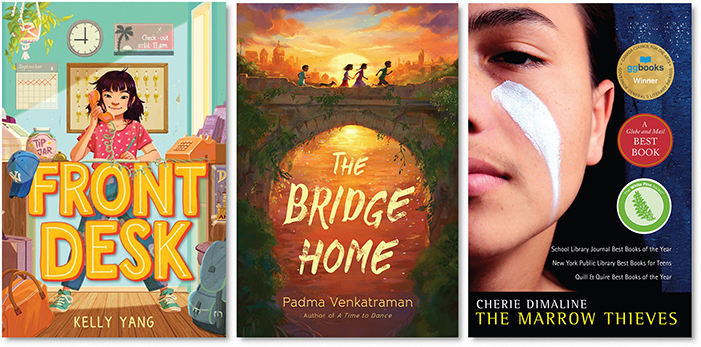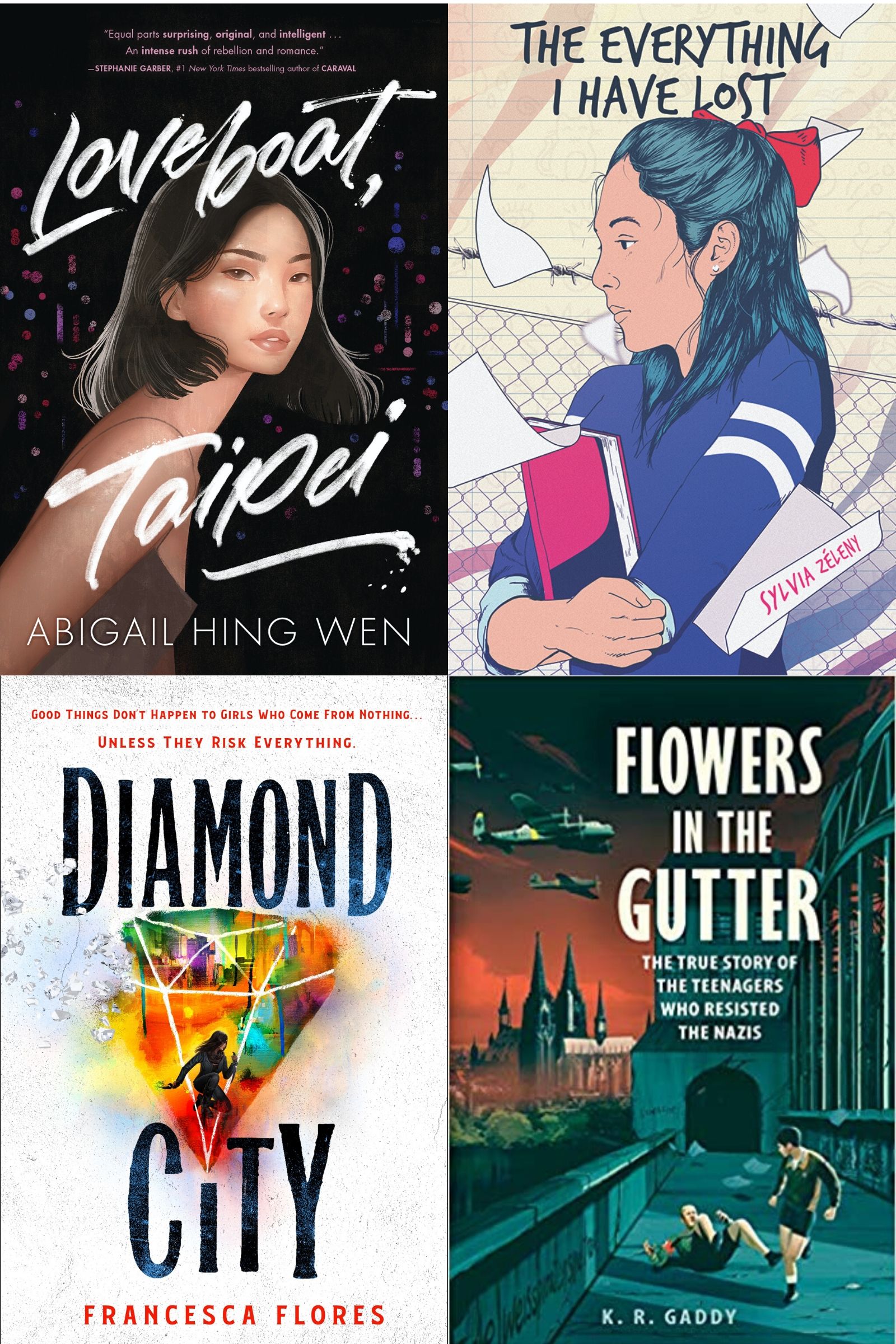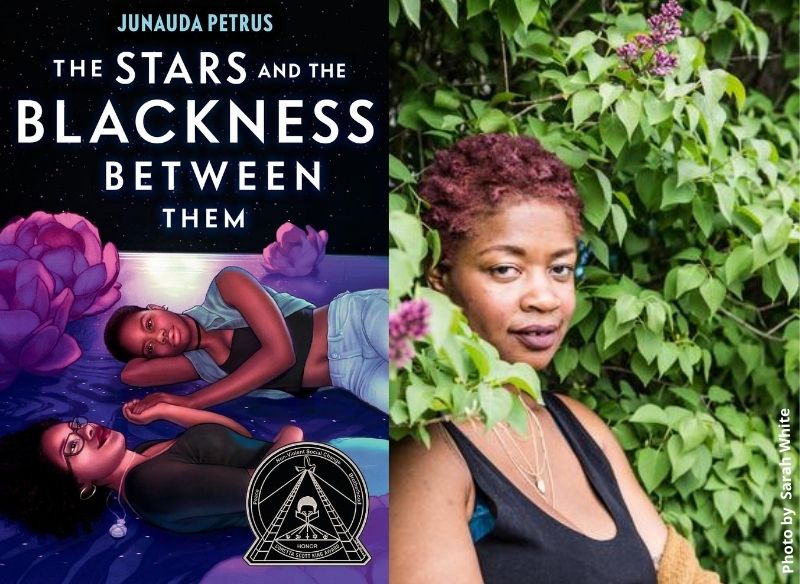Sleuthing the Sleuth: Discussing The Sherlock Holmes Handbook
I recently watched a fascinating discussion about Sherlock Holmes on PBS called How Sherlock Changed the World. One of the interesting revelations the special maintains is that as the original Sherlock stories were being written they were in fact SCIENCE FICTION in that Doyle posited doing things with science to investigate and solve crimes that were not yet actually being done. The science being written about in the Sherlock mysteries is akin to the nanotechnology that Michael Crichton and Michael Grant (the BZRK series) are writing about in the last ten years; in other words, it was just a tip of the ice berg. In fact, Doyle’s writing helped take the concept of forensic science into the future. Before the Doyle stories, eyewitness testimony or confessions were the primary method of solving crimes.
That was a fascinating revelation to me, the master of mystery may in fact have been dabbling in the art of science fiction with his use of science in not yet developed ways. After watching years of forensic science procedurals and even seeing Sherlock’s thought processes represented visually in the BBC reboot of the show, it’s interesting to remember and explore just how revolutionary Sherlock’s investigation methods were for the time period in which the stories were written.
ADVERTISEMENT
ADVERTISEMENT
So I thought we would end Sherlock Week with one of our favorite topics: books. What is a library without a books, right? In 2009, Ransom Riggs wrote an interesting handbook on the great consulting detective, Sherlock Holmes. And yes, I do mean THAT Ransom Riggs . . . before there was Miss Peregrine’s Home for Peculiar Children (which is awesome and you should read because the sequel, Hollow City, comes out this month), there was a nonfiction look at Sherlock. This is not a look at the BBC television show or the CBS reboot, but a look at the character, the stories, and his methods. Some of the topics in The Sherlock Holmes Handbook include:
How to Use Deductive Reasoning
How to Analyze Fingerprints-Without Computers
How to Master a Dozen Disguises
How to Survive a Plunge over a Waterfall
There are illustrations, a look at Scotland Yard during the time period that the stories were written and set, and a ton of interesting trivia.
Riggs is apparently quite the Holmes aficionado and it was interesting to see the results of that interest and research poured out into this volume of awesome. For teens looking for more background information in the classic Sherlock Holmes, this is a great read.
Filed under: Quirk Books, Ransom Riggs, Sherlock, Sherlock Holmes
About Karen Jensen, MLS
Karen Jensen has been a Teen Services Librarian for almost 30 years. She created TLT in 2011 and is the co-editor of The Whole Library Handbook: Teen Services with Heather Booth (ALA Editions, 2014).
ADVERTISEMENT
ADVERTISEMENT
SLJ Blog Network
2024 Books from Pura Belpré Winners
Passover Postings! Chris Baron, Joshua S. Levy, and Naomi Milliner Discuss On All Other Nights
Winnie-The-Pooh | Review
Parsing Religion in Public Schools
ADVERTISEMENT








